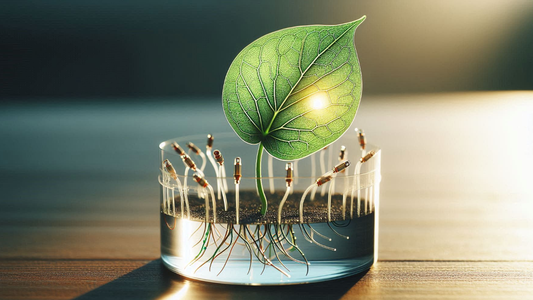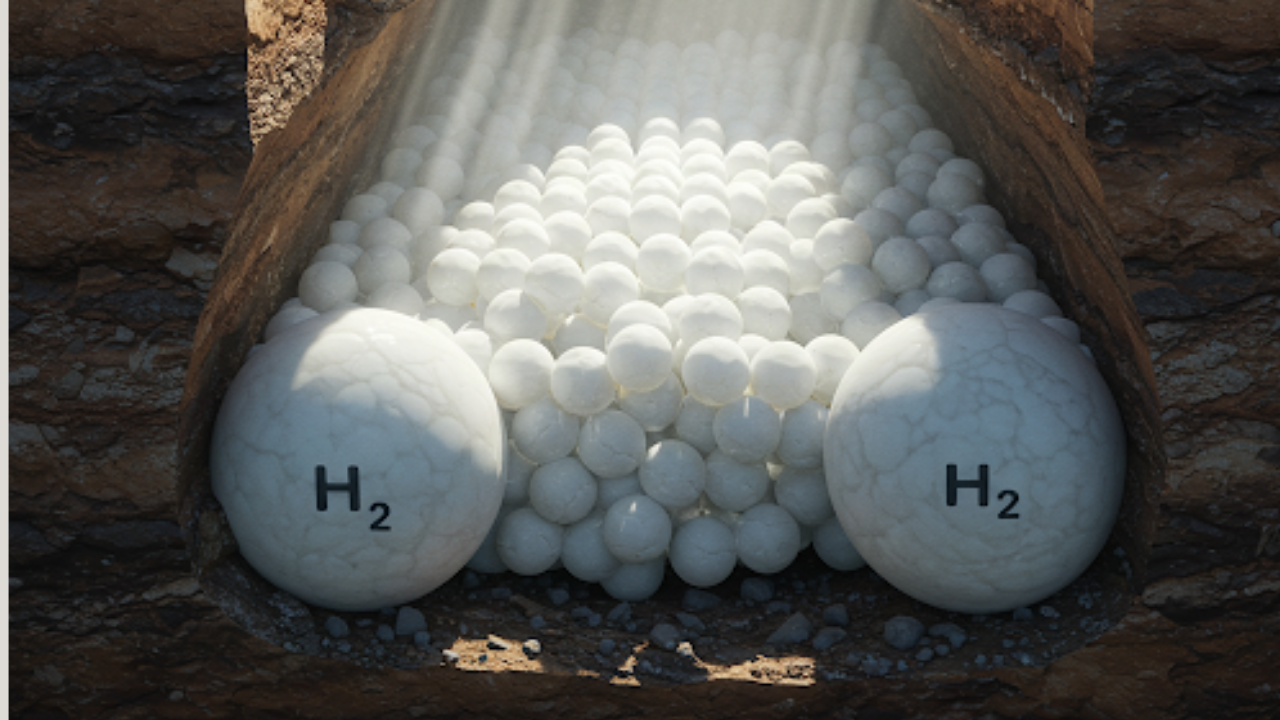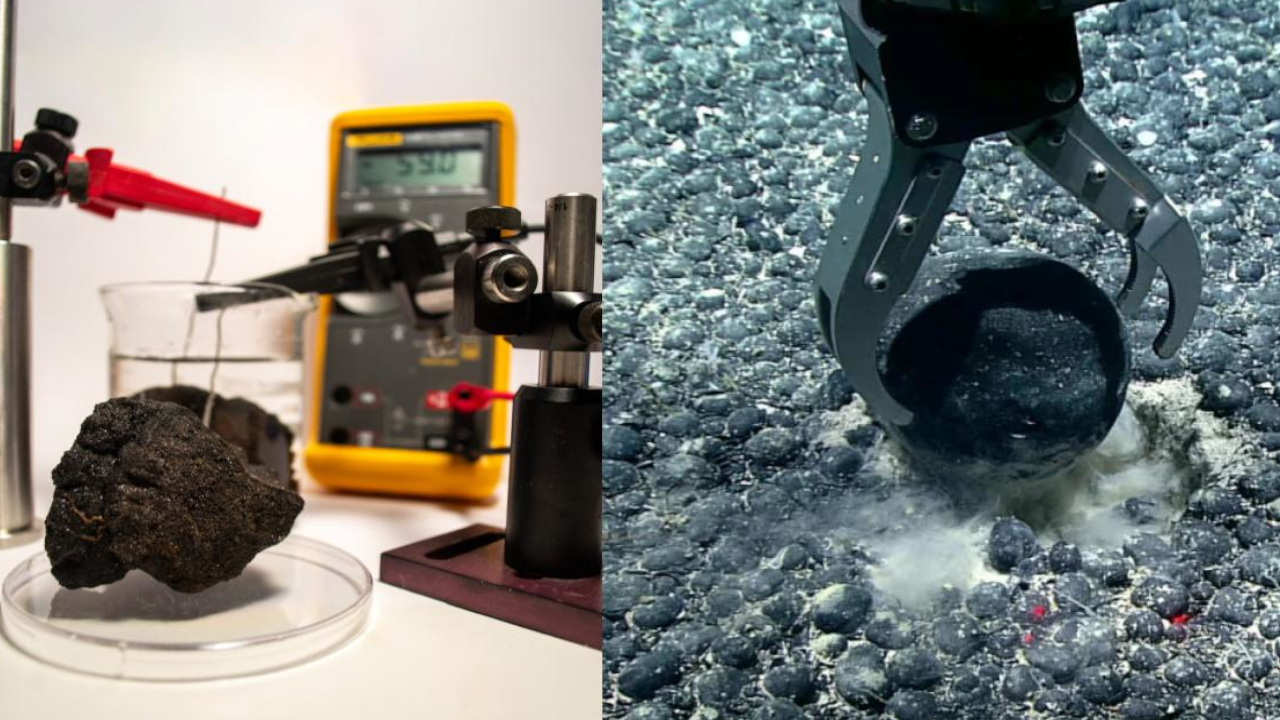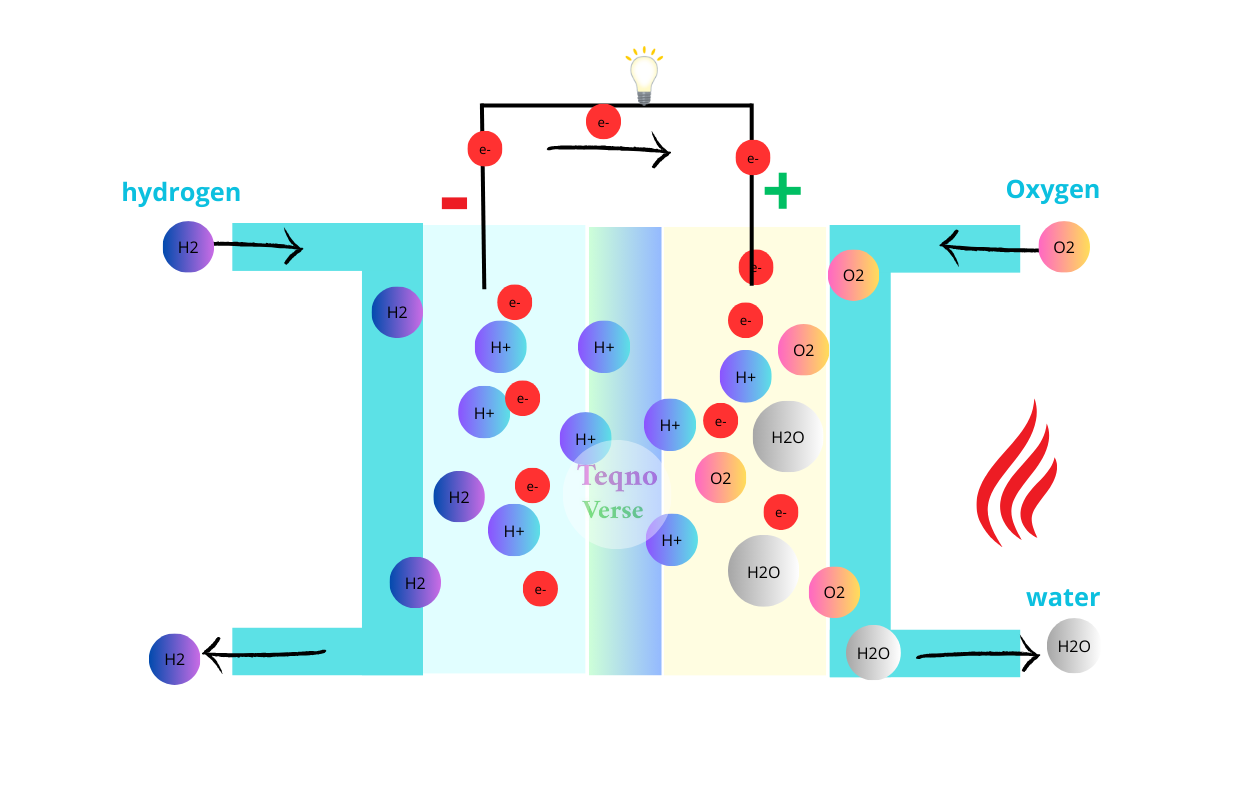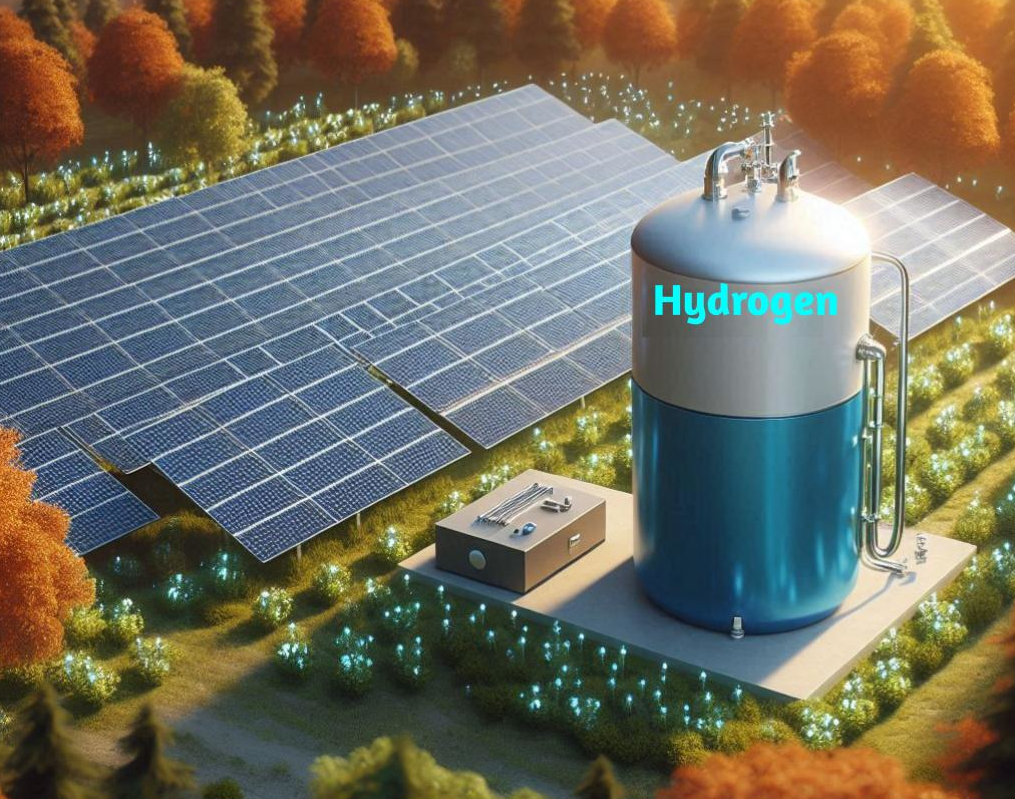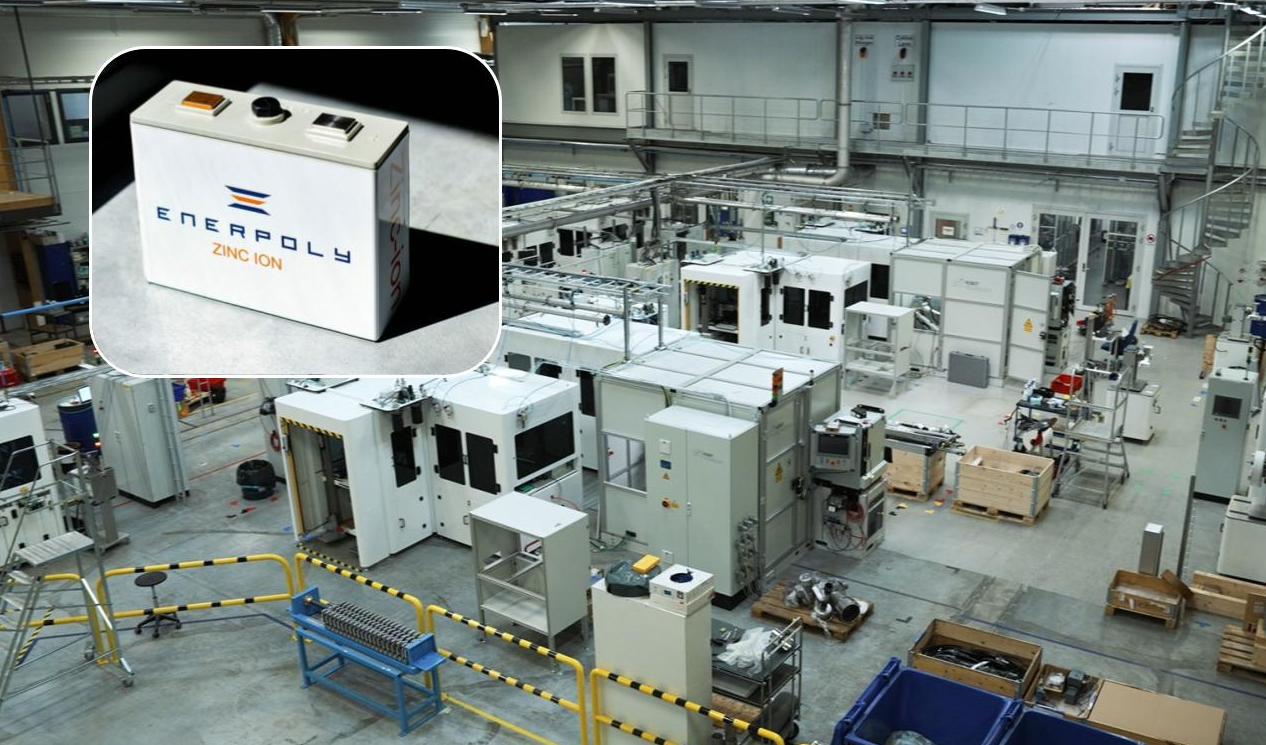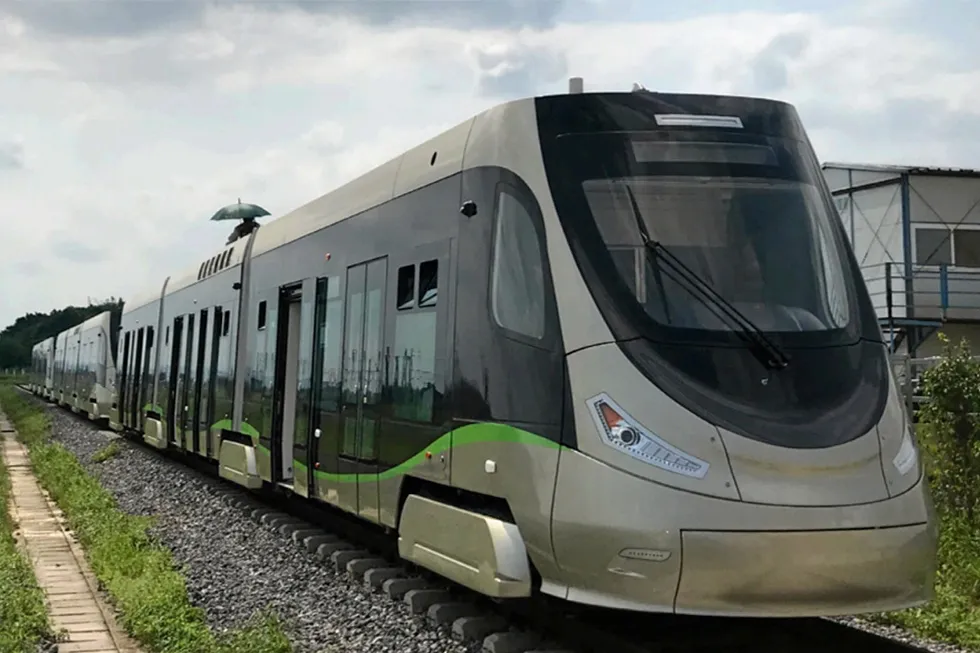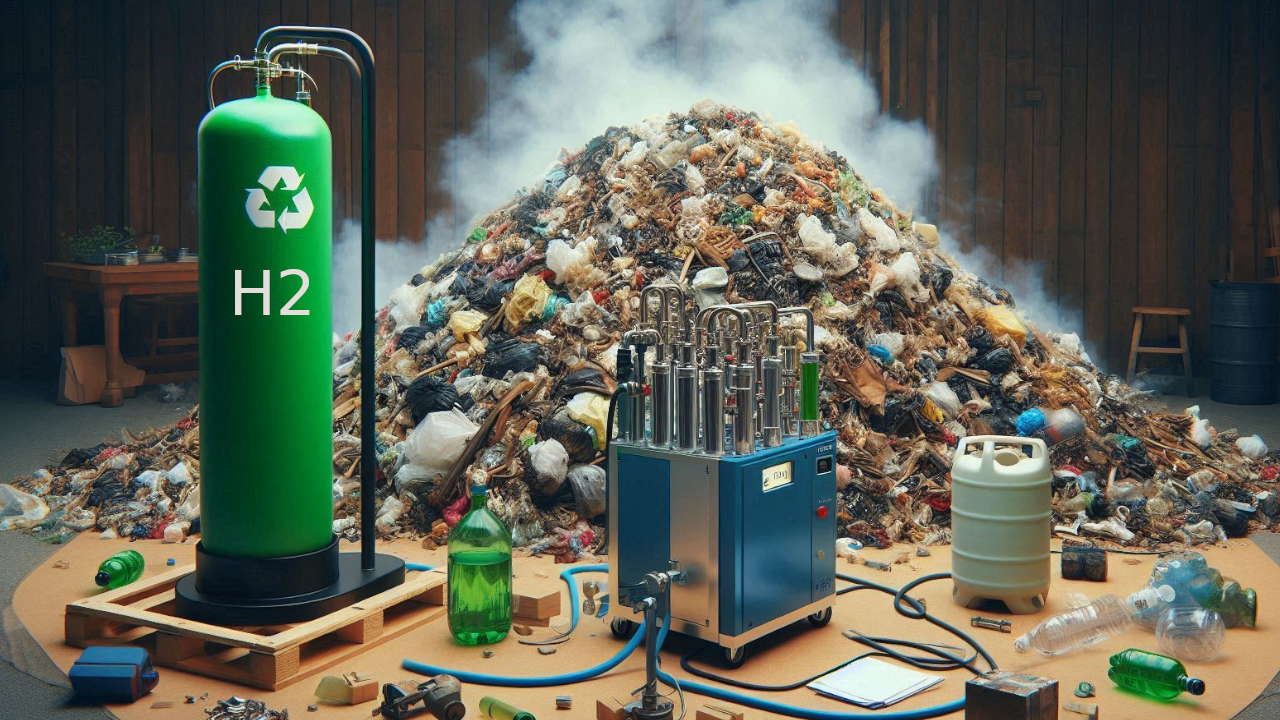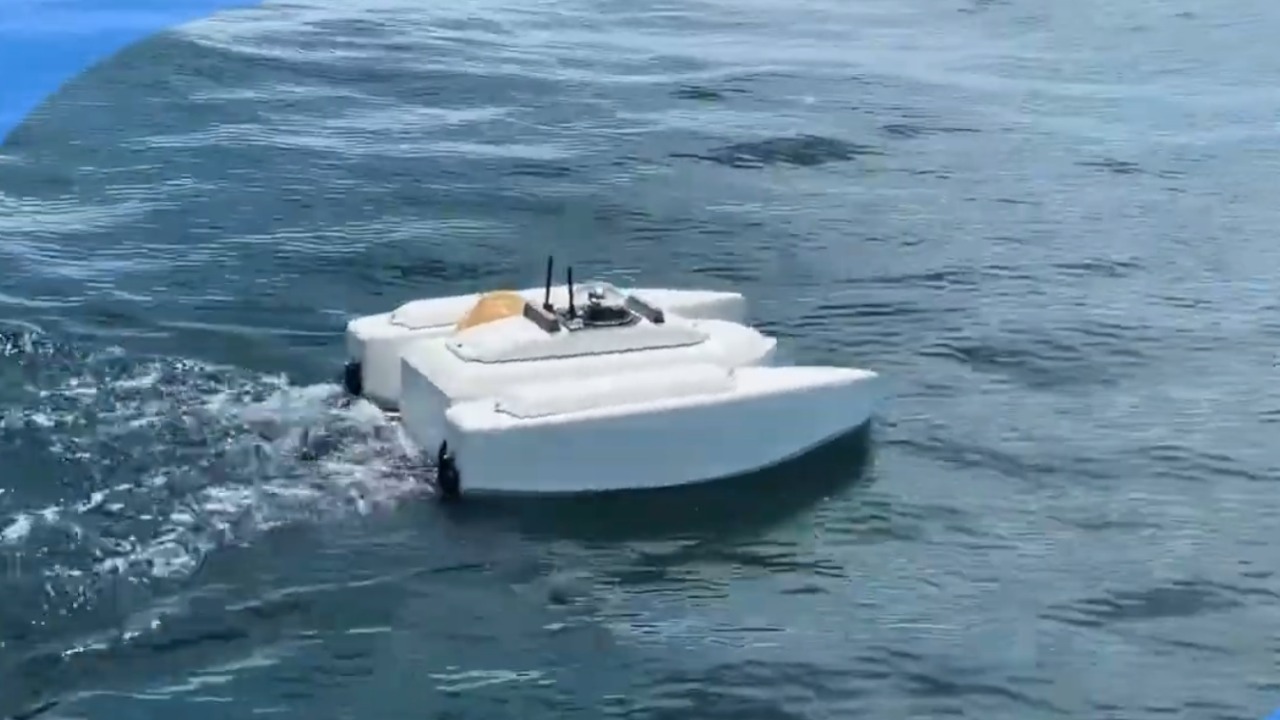Many plant leaves bend to follow the movement of the sun, increasing their absorption of light necessary for photosynthesis, which provides energy for the plants.
Inspired by this behavior, Chinese researchers have developed an artificial leaf that mimics the ability of real leaves to track the sun, maximizing the utilization of sunlight to generate hydrogen and oxygen fuel from water.
The artificial leaf consists of flexible electrodes coated with a protective gel and an innovative support structure made of a temperature-sensitive polymer embedded with carbon nanotubes. When the artificial leaf is exposed to sunlight, these nanotubes heat up, causing the polymer structure to contract. Meanwhile, areas not directly exposed to sunlight remain expanded, causing the leaf to bend towards the light source.
Additionally, when the leaf’s electrodes are exposed to sunlight, they generate pairs of electrons and holes that trigger a chemical reaction, splitting the surrounding water in the gel into oxygen and hydrogen gases. These gases can be used as a clean, renewable energy source.
This self-operating process keeps the leaf facing the light source without the need for motors or tracking sensors, maximizing the efficiency of solar energy utilization. The results, published in the journal Advanced Functional Materials, show significant improvements over traditional static systems. At a 45-degree light angle, the device maintains a water-splitting efficiency 47% higher than static alternatives. When light strikes at a 90-degree angle, which usually disrupts solar devices, the tracking system increases hydrogen and oxygen fuel production by 866%.
Despite these promising results, the device is still far from practical use. Researchers have observed a gradual decline in the performance of the support structure with increasing work cycles, as well as an increase in response time for tracking the sun’s movement. External factors such as wind and water currents also affect its efficiency.
Given the potential benefits of this innovation, improving the durability and performance of this technology could open the doors to a new era of intelligent, adaptive, and eco-friendly energy technologies that contribute to a more sustainable and greener future.
